John Hammond — Source Point
John Hammond, man. I wrote just a few entries back about how we discovered John Hammond, at a day long blues festival at Saratoga Performing Arts Center in 1990. I don’t even know if I’d heard of him before we saw him perform that day. On a bill filled with the likes of John Lee Hooker, Buddy Guy, and Bonnie Raitt, John Hammond simply blew me away – just him and a resonator sounding like a whole band. Incredible talent and energy that made us permanent fans. His excellent albums from the ’90s — “Got Love If You Want It,” “Trouble No More,” “Long As I Have You” — and 2001’s brilliant album of Tom Waits songs, “Wicked Grin,” have all been in our collection since they were released. You can’t go wrong putting on John Hammond in our house.
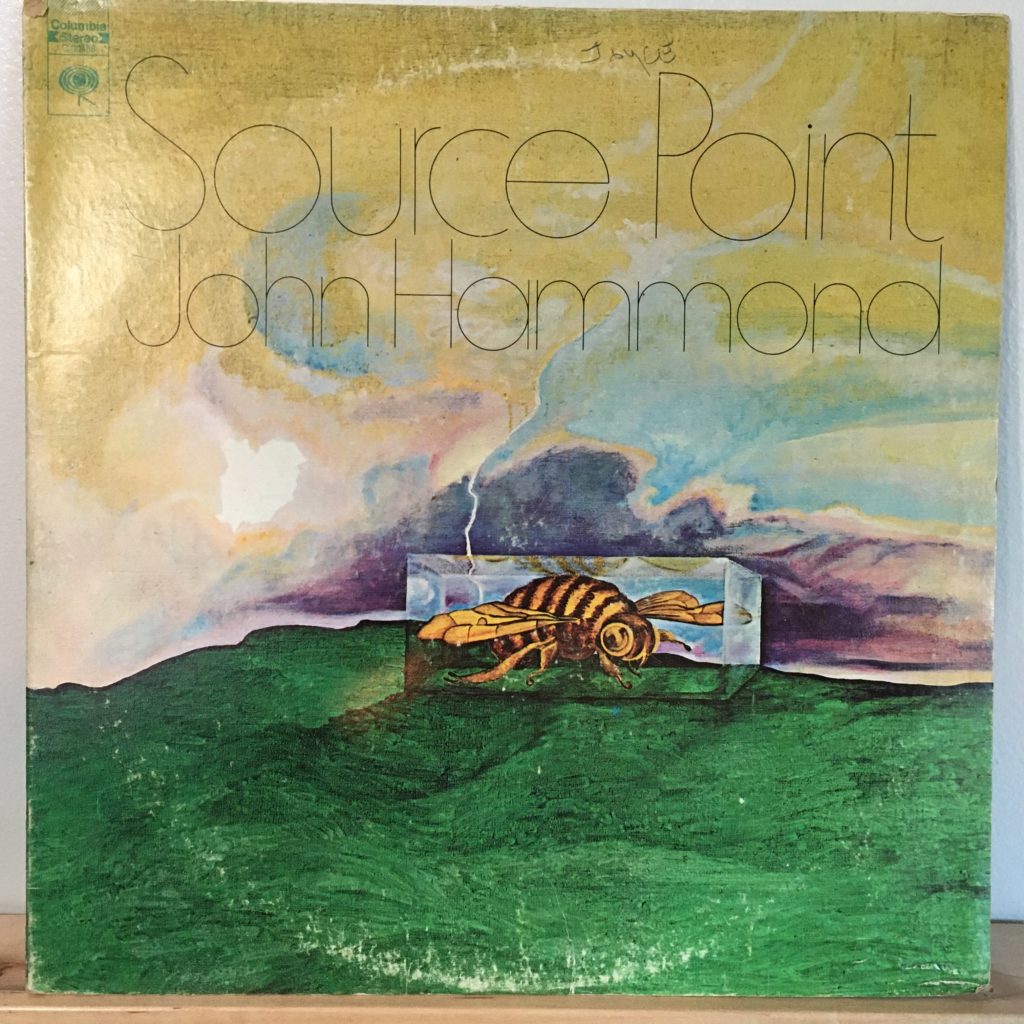
We got to see him again just a few years later at the Starlite Music Theatre (formerly the Colonie Coliseum) in Latham.
The Starlite was an odd, odd venue, and we’re indebted to Nippertown for its history. Beginning in 1958 as a literal tent that presented full musicals, it would be 1969 before it had a permanent building. In 1978, a revolving stage was added, making a full spin every 15 minutes. It spent the ’70s as the place the squares went to see Wayne Newton, Engelbert Humperdinck and the like. There was absolutely nothing there for a teenager in the ’70s, so it was a venue I never visited. It fell on hard times in the later ’80s, changing ownership, cancelling seasons, closing and opening again. In the ’90s, it got some more up to date acts (as well as some very not up to date acts). Willie Nelson played there, as did Buddy Guy, and Belinda Carlisle, and Ray Charles. And ostensibly it was a Ray Charles show that brought us there this time, but really, it was because John Hammond was opening for him. The first time we got to see him was at a big, noisy, open air festival. This time, it would be in an intimate theater setting. We were so excited.
We were in our 30s and, as usual, among the youngest people in the place. We had already seen Ray Charles a number of times, and believe me, every show was a gem, but it was John Hammond we were most anxious to see this time. Ray’s fandom was broad, but the Starlite skewed old and so did this audience. We settled into our seats in a sea of white hair and prepared to have our minds blown by watching John Hammond, mere feet from us (as is noted at Nippertown, the back row was only 52 feet from the stage, and we were in about the fourth row), take complete command of an audience.
Well, nearly complete. John Hammond is a stunning resonator player, and he puts out a lot of noise on those strings. Between that and his excellent blues voice, he can fill a room just fine. But in front of us were two old women who were there for Ray. They were there only for Ray. And they had no intention of shutting the fuck up so that we could listen to John Hammond. Try as we might to just focus on the music, there was always their talking. It was maddening. They seemed to think they were in their living room, or that because they didn’t care about John Hammond (which they made quite clear), that no one else did either. And they talked, and talked, and talked. I believe we made disapproving noises. We made comments along the lines of “wouldn’t it be great if people would be quiet?” We may have even pleaded. It was all to no avail. Hammond was fantastic, it was an excellent show, but we couldn’t ignore the incessant loud chattering in the seats in front of us. Ugh.
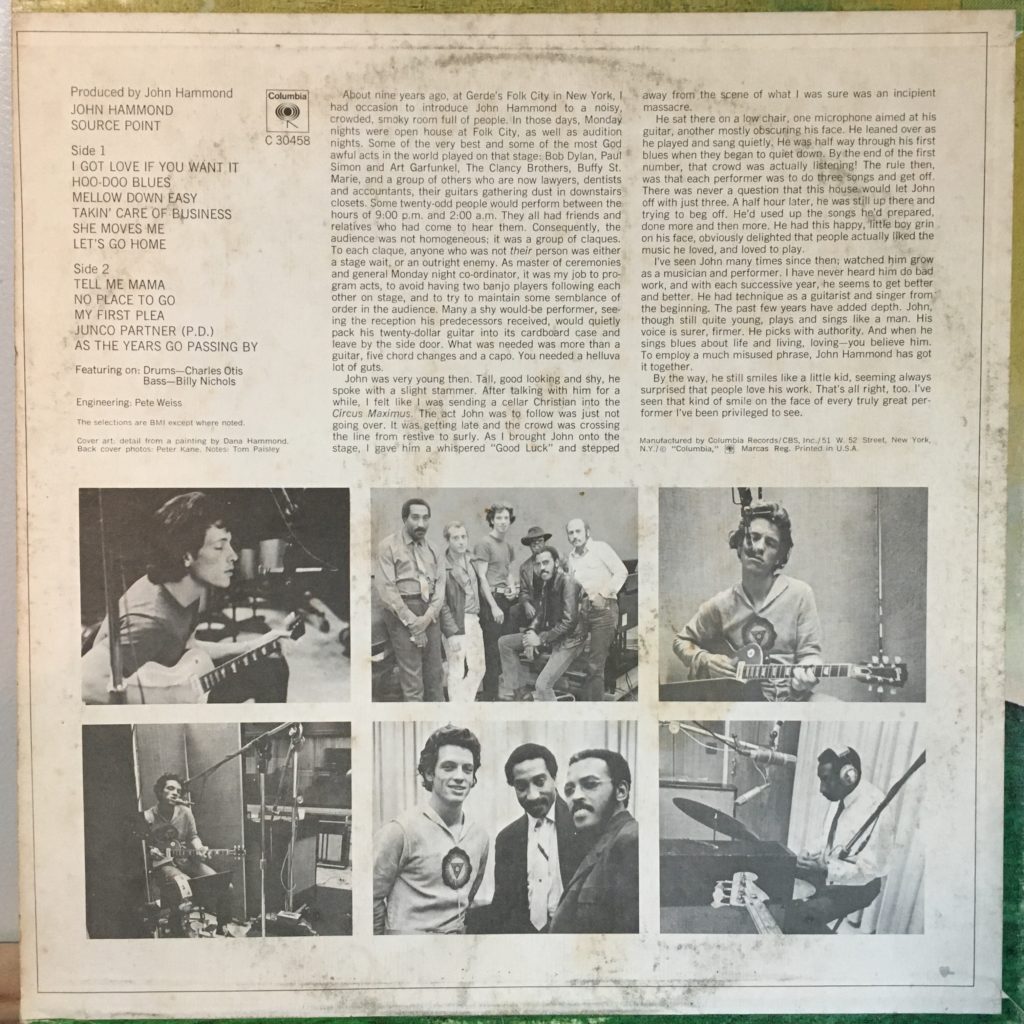
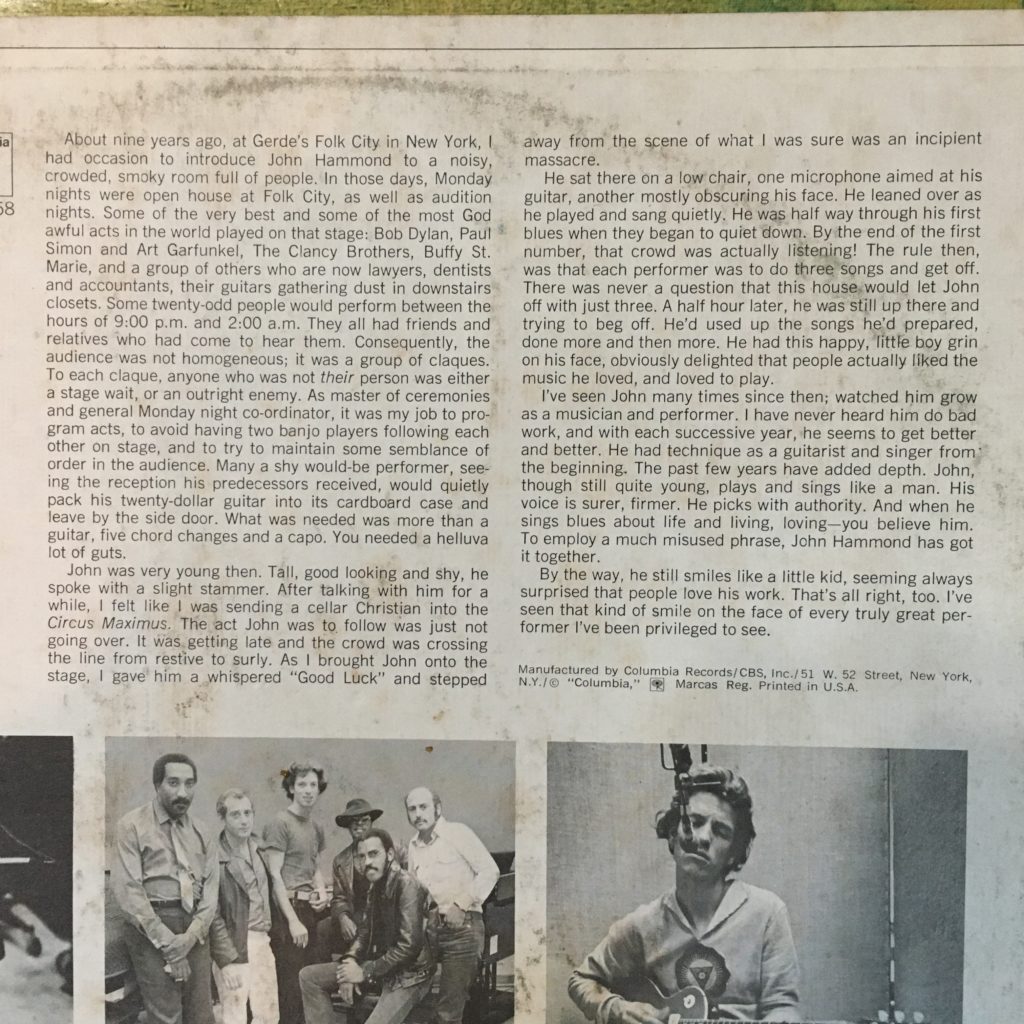
Slow forward 20 years or more. We’ve moved to Phoenixville, and John Hammond is playing the Ardmore, and oh yes are we ever going to go see him. The Ardmore is a small, intimate venue (some seats, mostly standing) and this show was perfection. No one was talking but John, who was in a very giving, chatty mood, telling story after story about all the incredible artists he’s played with (worth noting: John Hammond had both Jimi Hendrix and Eric Clapton in his band for a week’s engagement at the Cafe Au Go-Go — where Chas Chandler took notice of Jimi). We really hoped someone was recording all his amazing stories, because he knew everybody who was anybody in the blues world and beyond, and his stage ramblings were sweet and wonderful, and his playing . . . oh, man, his playing.
After the show, John was signing his latest CD “Timeless,” a very nice live collection, and we got to tell him about seeing him on the Ray Charles show. He told us he remembered the show (not the old ladies) and that that had actually been a tour of theaters in the round, one of which was right near where we were seeing him, the old Valley Forge Music Fair. He was gracious and friendly after having poured himself out on stage, and it was just wonderful to see him again.
Still . . . in all these years of fandom, not a single piece of vinyl. Until last month, when I ran across “Source Point” in Siren’s blues section. This is from 1971, and it’s just straight up perfect blues, including songs by Willie Dixon, Muddy Waters, Chester Burnett and more. He even does a version of “Junco Partner.” The cover art, by the way, is by John’s first wife, Dana Hammond.
I don’t think there’s a white artist who has been truer and more respectful to the blues. His love of the music he’s playing shines through, and while he’s insanely talented as a guitarist and singer, his talent is always 100% in service to the song. It’s a fine distinction, but with John Hammond, it’s always about the song, not about him.
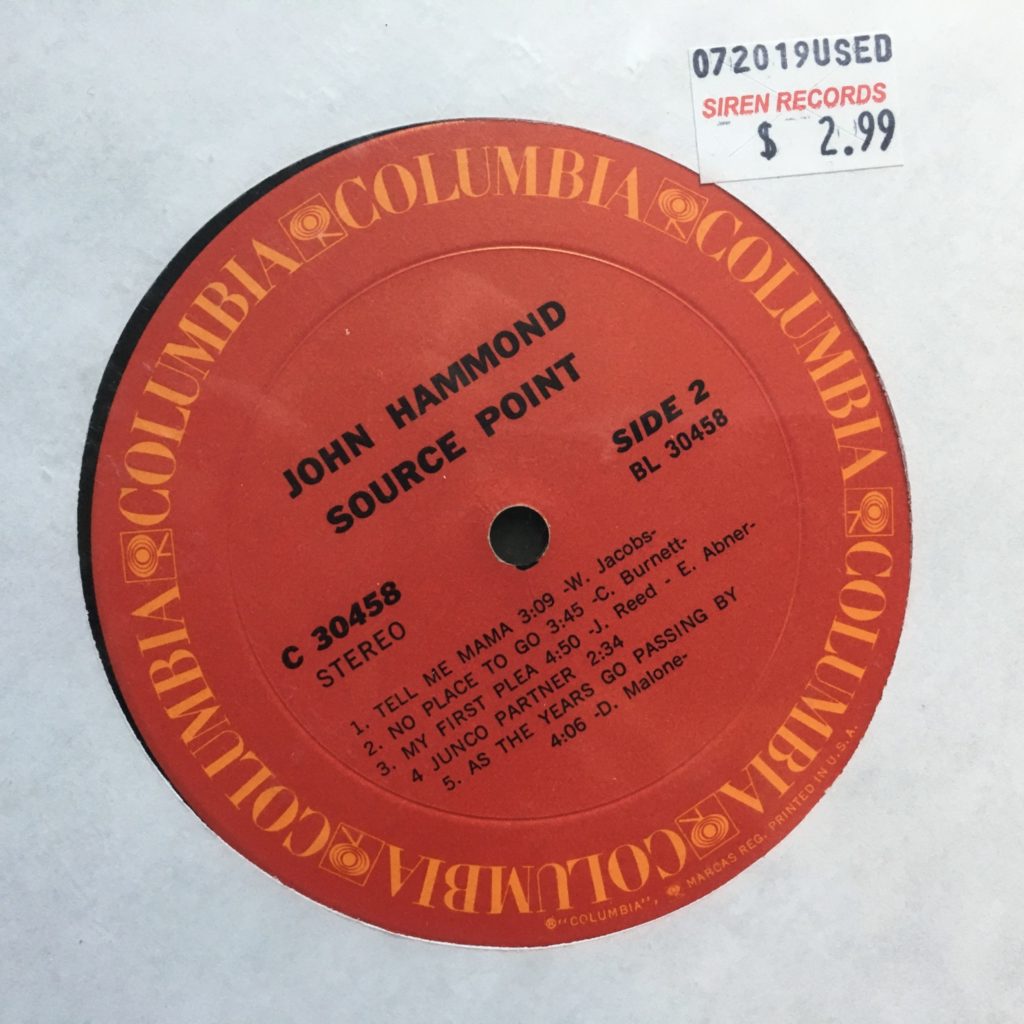
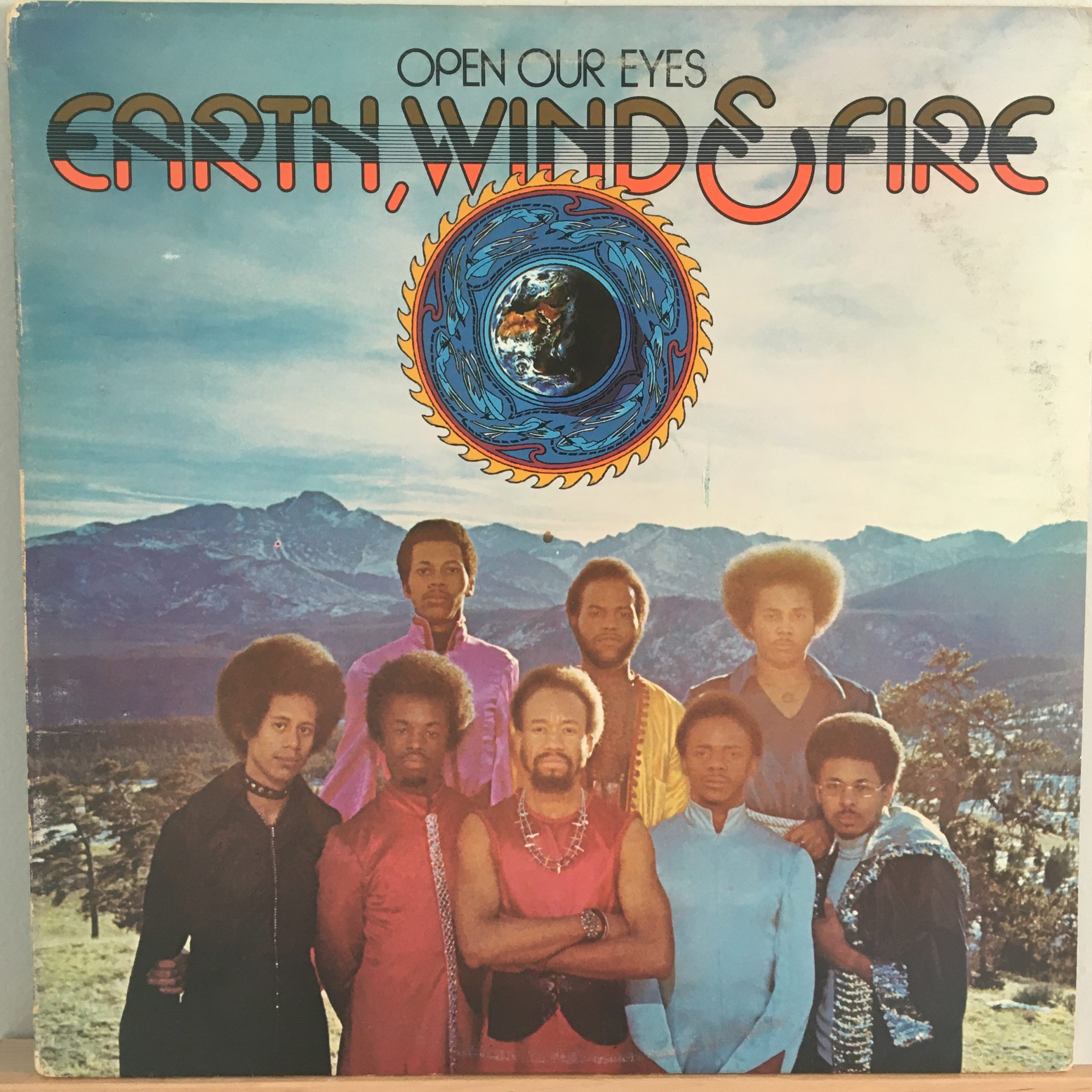
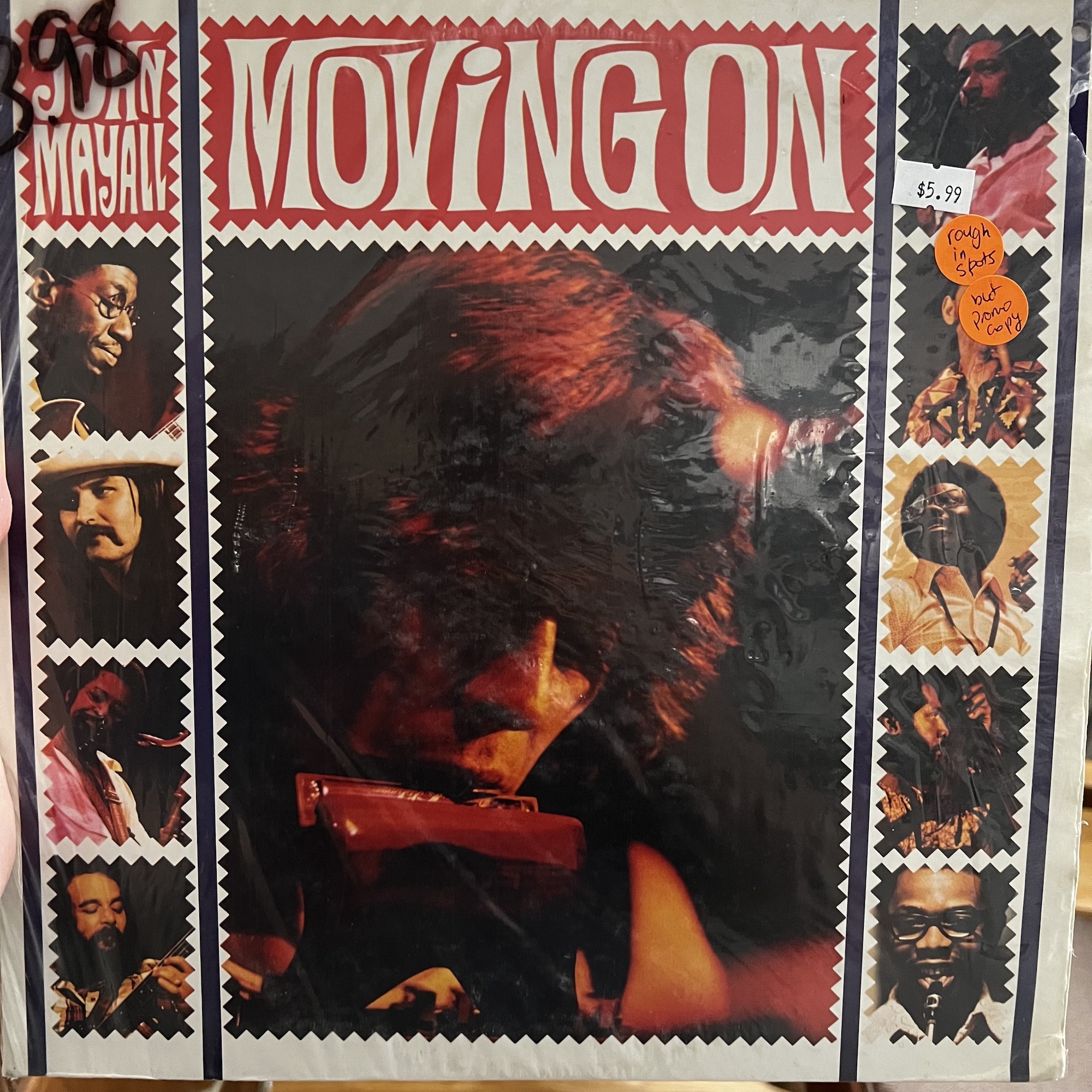

Things We Said Today